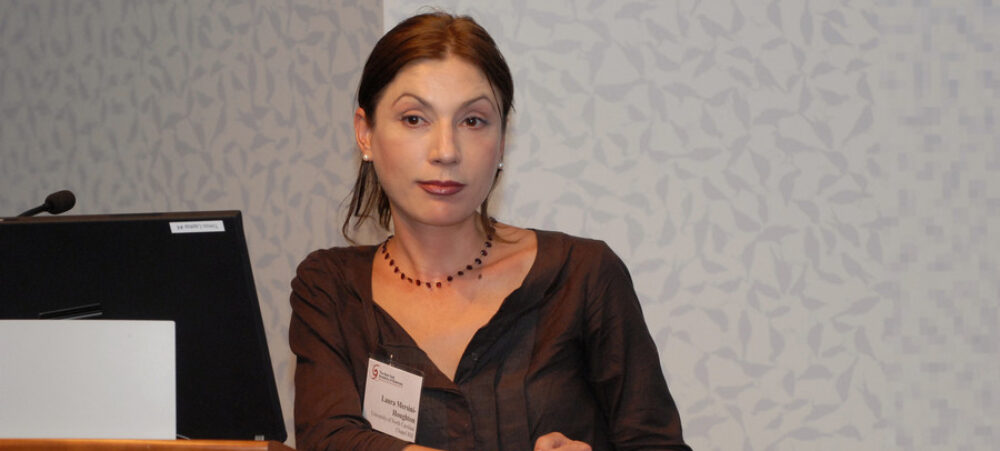is a cosmologist and theoretical physicist. Currently, she is a professor of theoretical physics and cosmology at the University of North Carolina at Chapel Hill, and a visiting professor at the Department of Applied Mathematics and Theoretical Physics at the University of Cambridge, and CITA at the University of Toronto in Canada.
The main focus of her work is on the early and late universe, and the global structure of space-time.
Her investigation of the first moments in the life of our universe led her to a theory of the origin of the universe from the vast landscape of a quantum multiverse. She was the first to propose using quantum entanglement to test the existence of the multiverse right here in our sky. Contrary to the belief that we are limited by the speed of light to glimpse at moments before our universe existed and beyond its horizon (with two collaborators, R. Holman and T. Takahashi), she calculated a series of predictions for anomalous signatures of our cosmic origins left over in our sky. The signatures, most notably the Cold Spot, were found by the WMAP and Planck satellite experiments. The status of her predictions with the current data was analyzed in a series of papers with E. di Valentino and shown to be in excellent agreement.
The evolution of the universe at late times and its ultimate destiny are controlled by dark energy, which is similar in nature to the Big Bang inflationary energy. With M. Bastero-Gil, using nonlinear dispersions, she developed a model where dark energy is contained in the vacuum of space-time, at shortest distances, known as Trans- Planckian scales. The problem of vacuum at the shortest scales (where known theories break down), and, the architecture of space-time at global scales, remain open problems.
In an effort to building a coherent view of the global structure of space-time, she proposed two principles: the principle of correlation which states correlated (interacting) universes must be embedded in the same space-time; and, the principle of no perpetual motion, which, through the quantum relation between energy and a time parameter, conjectures that time is a fundamental parameter while the arrow of time emerges locally and is caused by the emergence of a universe. This addresses a long standing problem in physics, the fact the our universe has a time’s arrow pointing from past to future, yet all known and trusted theories and laws of nature cannot tell the difference.
She organized a conference on ‘A Debate in Cosmology: Times Arrow’ at the NY Academy of Science, with B. Green and J. Khoury, which resulted in a book with the same title.
She believes that singularities are mathematical rather than physical objects. To that end she proposed a model that avoids the singularity at the center of a black hole, and organized the historic Hawking Conference in Stockholm (with S. Hawking, K. Freese and M. Perry), to explore this question with the founding fathers of black hole physics.
She has been the subject of hundreds of articles in leading popular science magazines and has appeared on the Science Channel’s ‘Through the Wormhole with Morgan Freeman’, and in documentaries on the Discovery Channel and BBC- Horizon. For fifteen years her Wikipedia page has been regularly edited by humans and robots. She lives in Chapel Hill, North Carolina.
